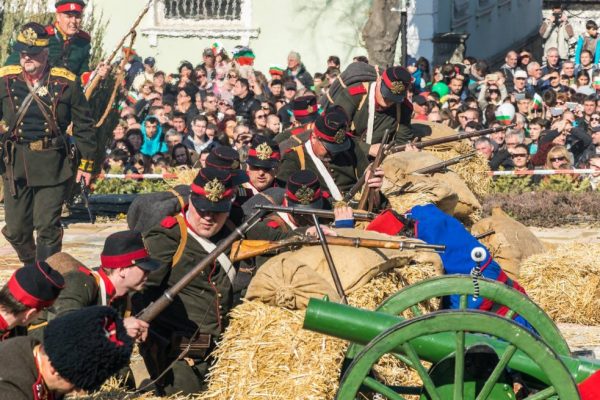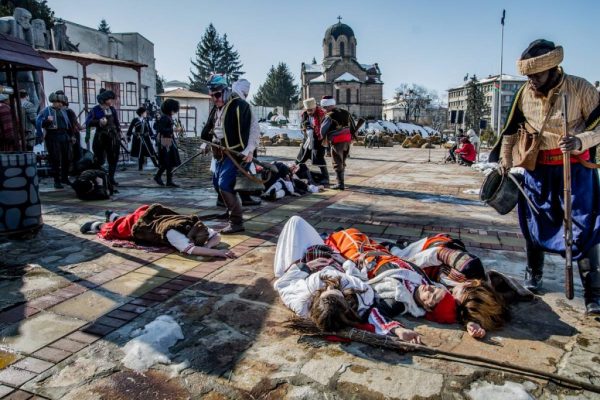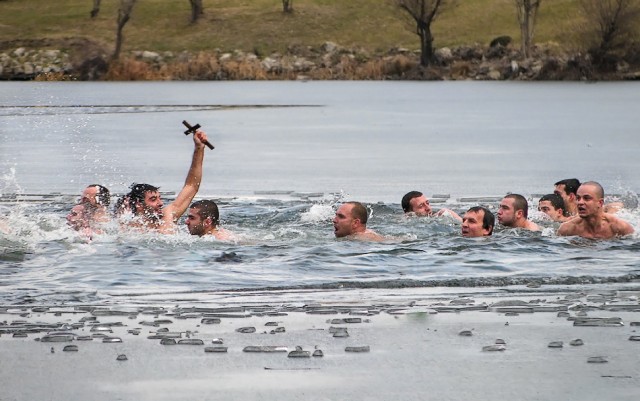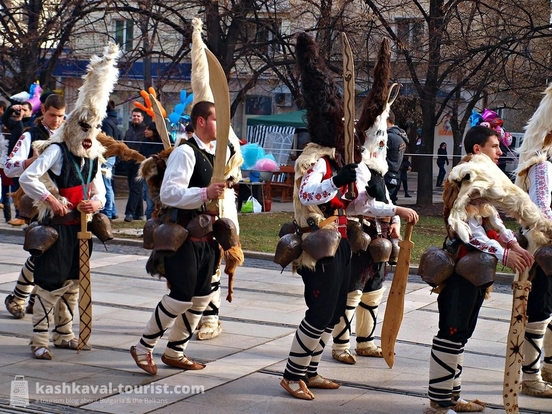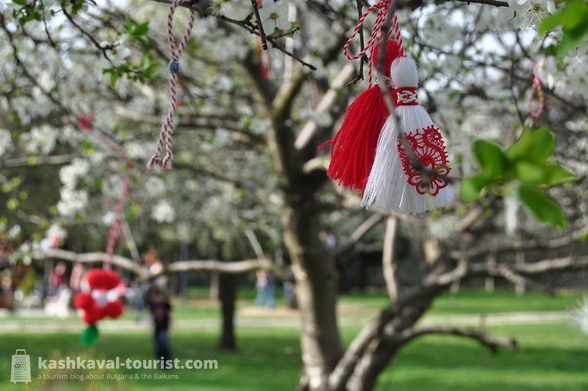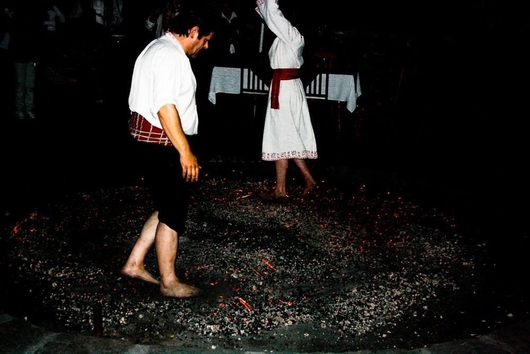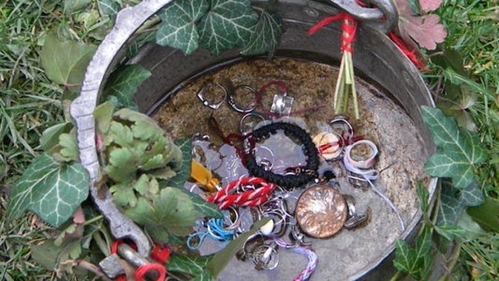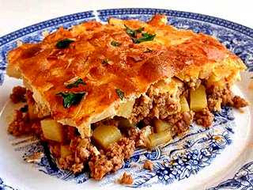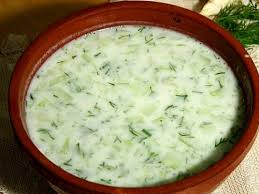Bulgarian cuisine is heterogeneous and varied. Something very typical in Bulgarian cuisine is the cooking of most of the products at the same time. The recipes include many vegetables and spices like garlic, black pepper, thyme, mint, savory, the bay leaf and the paprika.
There is almost no Bulgarian dish without the parsley being present. It is used in main dishes, in soups and in salads. It is consumed both fresh and dry.
Basil is especially appreciated as a seasoning for meats, beans and meals with potatoes.
However, the most tradicional spice in Bulgaria is called Chubrica. Nobody can not imagine the beans soup without it.


